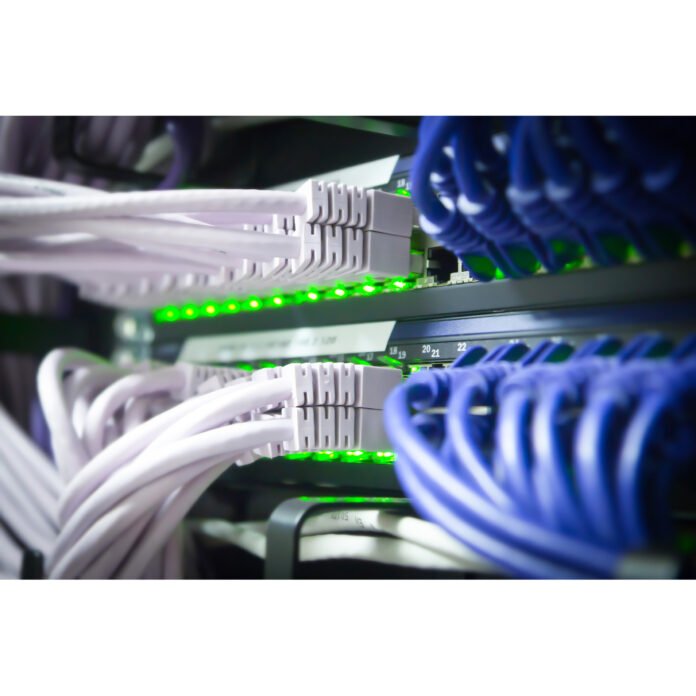 Structured cabling systems is an organized set of connectivity and cabling products that integrates the audio, data, video and remote-control systems of a building. It can be seen in public buildings like hospitals, office space, shopping malls, airports, train stations, and even convenience stores.
Structured cabling systems is an organized set of connectivity and cabling products that integrates the audio, data, video and remote-control systems of a building. It can be seen in public buildings like hospitals, office space, shopping malls, airports, train stations, and even convenience stores.
Usually, in large buildings, cabling is arranged in a grid format where each cell connects to every other cell in the grid. This type of system ensures that all the cables have the same quality, performance and paths. These types of cables are used for multiple applications that require expansion of the existing cabling network.
The first structural cable systems were created for telecommunication companies so that they could provide high-speed internet service. In today’s modern world, these same structured cabling companies also use them for various other purposes including controlling and monitoring industrial production lines, for communication between various rooms in large buildings and for installing wiring in and among various components that are part of large buildings.
Benefits of Structured Cabling Systems
The main benefit is that these systems offer high-quality output signals for a very low cost. It is also easier to install the structured cabling system since everything is connected through a common path.
The second major benefit of structured cabling systems relates to their versatility. Since everything is neatly connected, it is easy to upgrade or add-on new modules whenever necessary. It is also easy to replace broken sections of the system, because everything is closely located. For instance, when there are missing or broken fiber optic is, it is easy to replace them since they are all in the same plane. Since all the cables are in the same plane, it is also easy to calculate the distance from one cable to another so that expansion can be done very efficiently.
There are many different types of structured cabling systems. Among them are Copper Scaler, Patch Cables, Fiber Ovariectomy, Ribbon Cables, Conduit mating, and many more. Each of these has its own set of advantages and disadvantages. One example of a Conduit mating is that it consists of metal strands that are soldered together via a thermal bond.
A good example of a modular fiber optic cabling system is the GPON FTTH Solution. This is the most popular amongst qualified construction personnel to install powerline and telecommunication infrastructure. The GPON FTTH Solution is made up of four different cables: Fiber Optic Scaling, Copper Scaling, Patch Cables, and Flexible Fiber Optic Scaling. These four are designed to co-exist without negatively affecting each other and the end result being a highly efficient solution to mounting communications and other infrastructure.
In addition to the above, you will also need to get access to the right tools and materials to complete the installation. Among the required materials include a set of laying-in feet. You will also need to buy some expansion joints and fiberglass tiebacks. These are ideal for strengthening the fiber-optical system. After laying-in the required number of feet, you will then need to take up the next phase which is to install the patch cabling.
After the patch cable is installed, the last step will be to apply some pressure on both sides of the fiber to force them into alignment. The pressure needs to be applied both downwards and upwards. This is to ensure that both sides of the fiber are supported equally during the whole process. The 100 m (328ft) span of this cable will support various forms of MPLS connections.
In summary, Structured cabling is a very cost-effective solution for all kinds of MPLS networks. It offers a cost-efficient way of laying-in and installing the fiber-optic cable system without having to drill holes, saw joists or remove any trimming. A key advantage of using the tax cabling is that it can support a wider range of bandwidth due to its greater fiber diameter. Also, due to its excellent durability and flexibility, it can support different applications and work processes.



